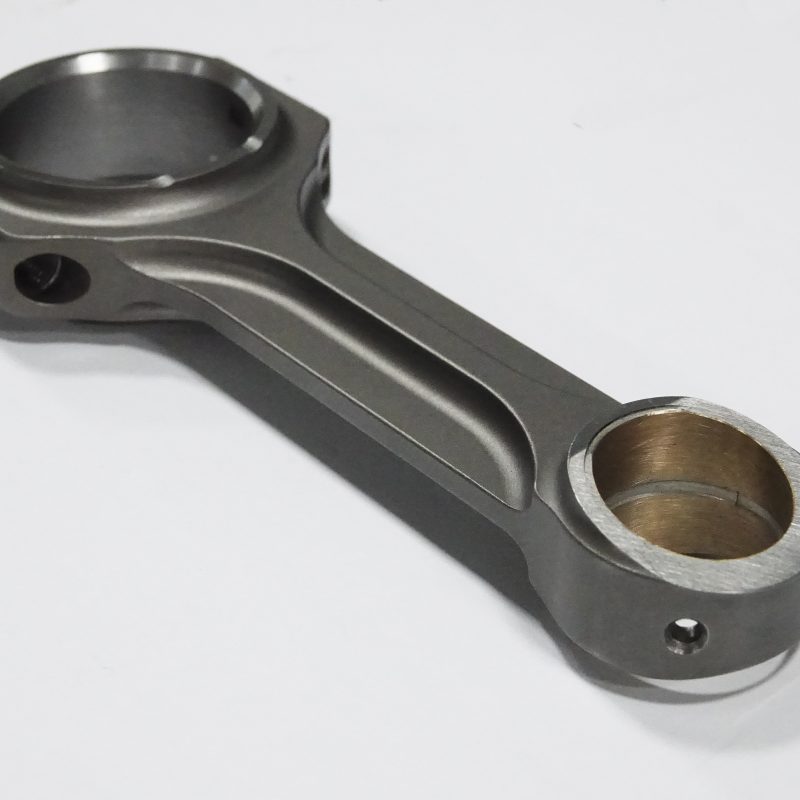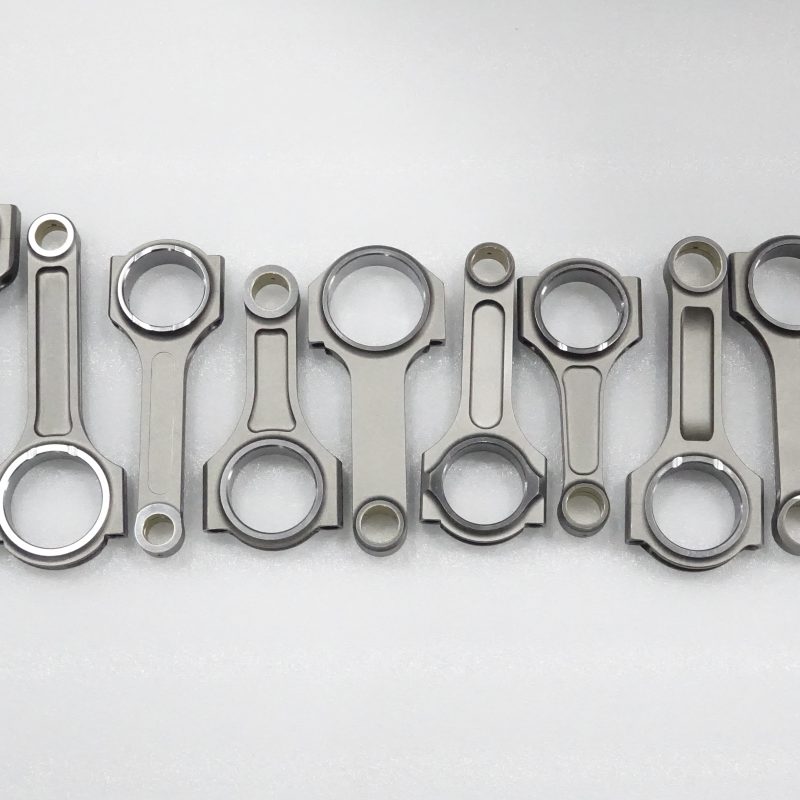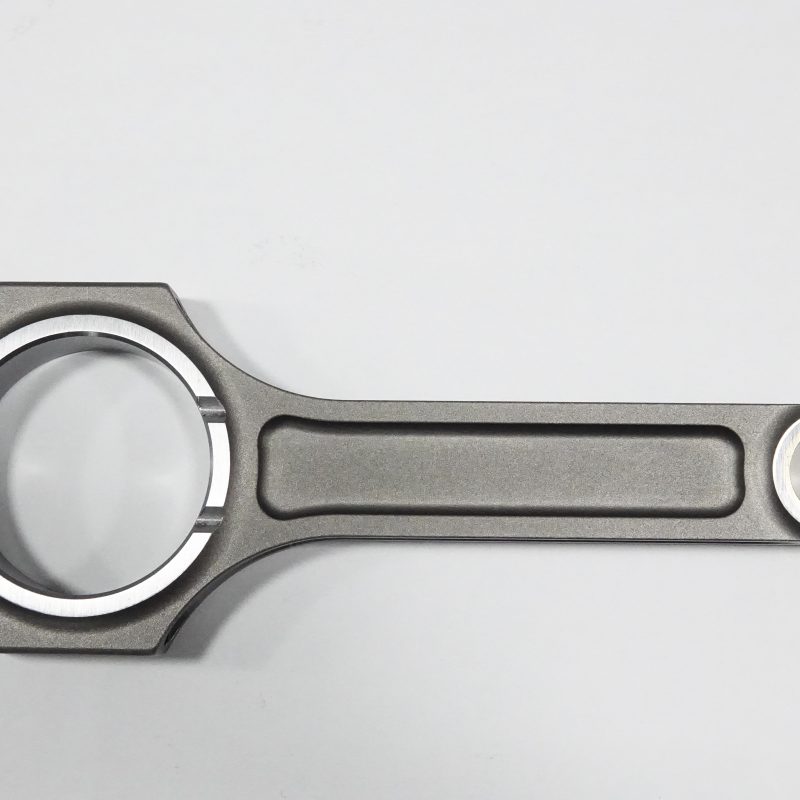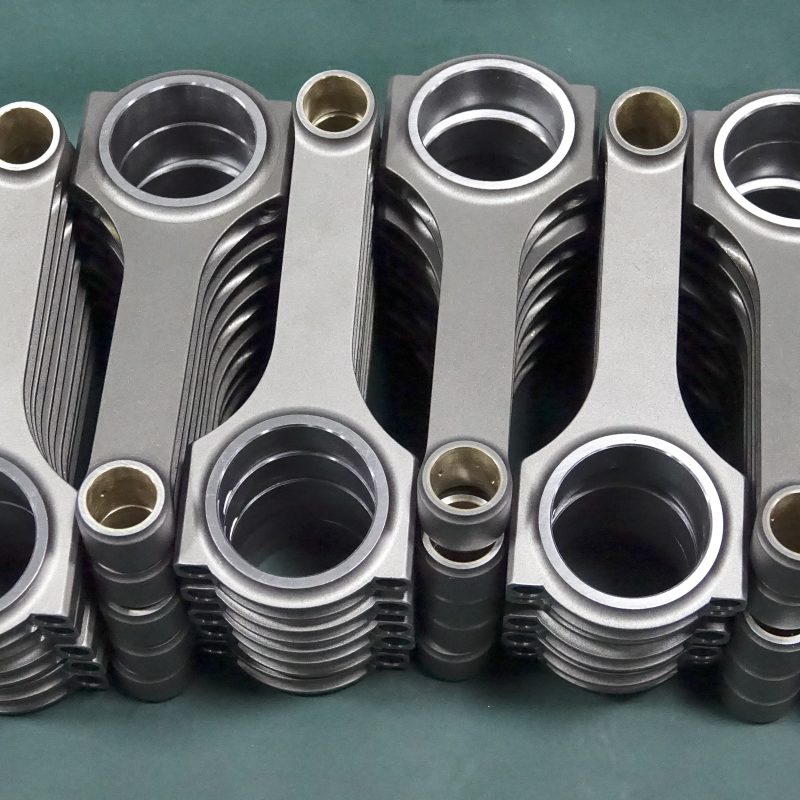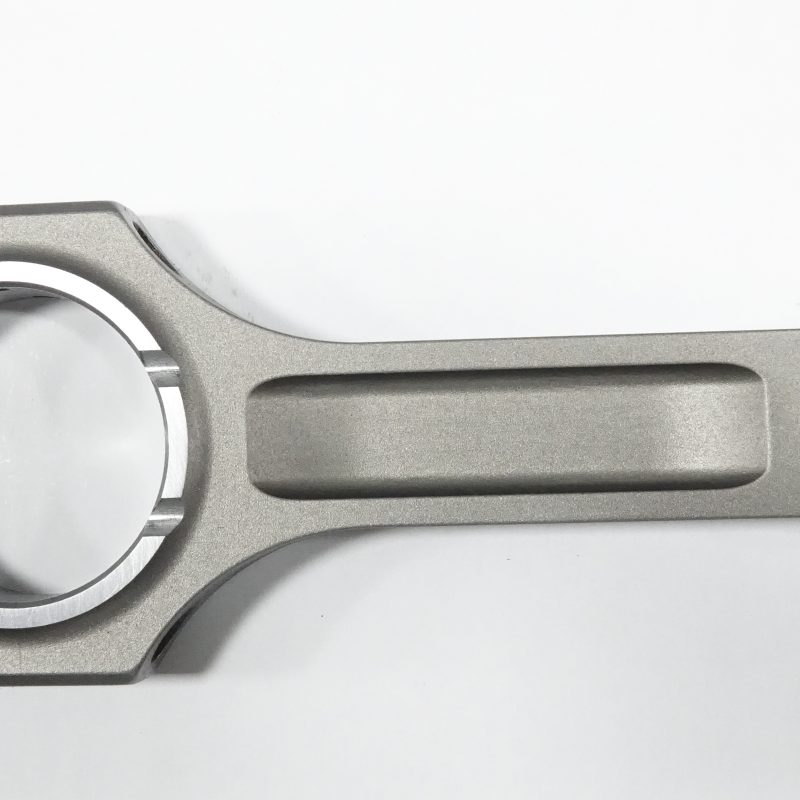Table of Contents
ToggleConnecting Rod Supplier & Manufacturer
Chinese FEDA is a leading supplier and manufacturer of high-quality connecting rods. We leverage advanced technology and superior manufacturing methods to provide durable, performance-optimized connecting rods for a diverse range of applications. Our expertise in the industry, coupled with our commitment to customer satisfaction, ensures that we consistently deliver products that meet the highest standards of excellence. Trust Chinese FEDA for your connecting rod requirements, and experience the difference of quality and reliability.



